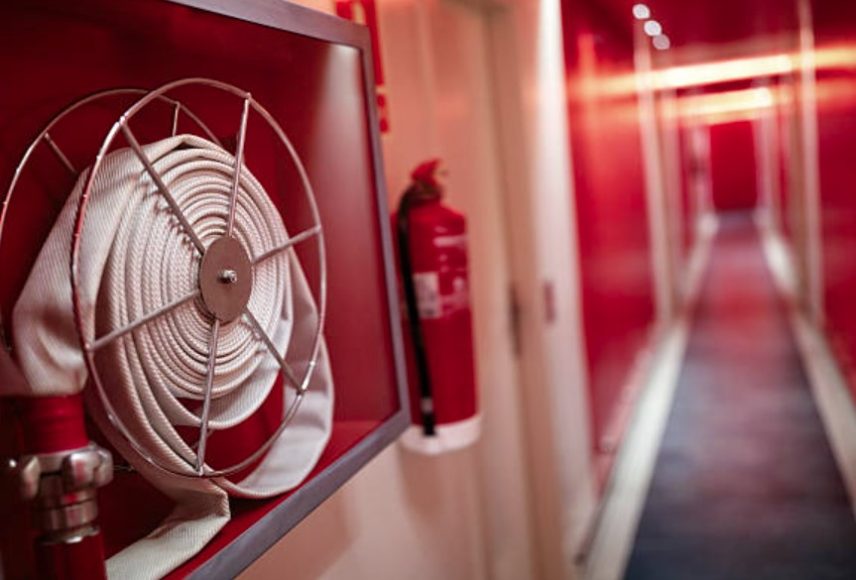The circuit breaker is a necessary device in today’s world and is a vital safety feature. When a building’s electrical wiring has too much electricity running through it, these simple electrical components shut the power until the problem is fixed.
Household power systems might prove to be hazardous without circuit breakers (or, the alternative, fuses) due to the risk of fires and other havoc caused by simple wiring issues and equipment failures.
The Functionality of Circuit Breaker
Fixed and movable contacts make up most of the circuit breaker. Due to exerted mechanical pressure on the moving contacts, these two contacts are physically connected to each other while the circuit breaker is in the “ON” position. In the operational mechanism of a circuit breaker, stored potential energy is released when the switching signal is delivered to the breaker.
The potential energy in the circuit breaker can be stored in a variety of ways, including by deforming a metal spring, compressed air, or hydraulic pressure. However, regardless of the potential energy source, it must be discharged during operation. The rapid sliding of the moving contact is caused by the discharge of potential energy.
When the working coils (tripping coils and closure coils) in a circuit breaker are energized by a switching pulse, the plunger inside them is displaced. Because the operating coil plunger is typically attached to the circuit breaker’s operating mechanism, the mechanically stored potential energy in the breaker mechanism is released in the form of kinetic energy, which causes the moving contacts to move.
After a circuit breaker cycle, the complete stored energy is released, and the potential energy is then re-stored in the circuit breaker’s operational mechanism via a spring charging motor, an air compressor, or any other method.
Types of Circuit Breakers
Circuit breakers are switches that are installed within a breaker box to safeguard the electrical components of your home from overheating or catching fire. A circuit breaker mitigates the problem by halting the flow of electricity when an electrical short or overload develops.
Standard breakers (which include both single-pole and double-pole circuit breakers), ground fault circuit interrupter circuit breakers (GFCIs), and arc fault circuit interrupter circuit breakers are the three types of circuit breakers (AFCIs).
Single-Pole Circuit Breakers: Single-pole circuit breakers are the most common type in today’s homes. Because they’re designed to monitor the current of a single wire and trip in the event of a short or electrical overload, they’re called single-pole switches. Single-pole breakers are designed to handle 15 to 30 amps while delivering 120 volts to the circuit.
Double-Pole Circuit Breakers: Circuit breakers with two poles check the flow of electricity across two lines at the same time. They’re easily identified as a single breaker with two side-by-side switches that are interconnected.
If one or both wires short out and get overloaded, this sort of breaker will trip. Double-pole circuit breakers may handle anything from 15 amps to 200 amps and can give 240 volts or 120/240 volts to an electrical circuit.
Ground Fault Circuit Interrupter Circuit Breakers (GFCIs): The purpose of GFCI circuit breakers is to safeguard against a line-to-ground fault. When a dangerous electrical channel forms between a grounded element and an electrical current, this is known as arcing.
Electrical shorts and excessive currents are also protected by GFCI breakers. Some electrical standards mandate these breakers in parts of the home that can become wet, such as bathrooms, laundry rooms, and outdoor areas.
Arc Fault Circuit Interrupter Circuit Breakers (AFCI): When arcing is detected in electrical wiring, AFCI circuit breakers are designed to trigger. This happens when the coating on an electrical cord gets broken or excessively thin, posing a major fire risk.
Electrical arcs aren’t often detected by standard single-pole and double-pole circuit breakers, which are only tripped by extreme heat. In newer houses, AFCI circuit breakers are required by the electrical code.
Circuit Breakers: Significant for Safety of a Facility
Securing a facility’s safety is essential, and that is where a good quality circuit breaker is required. When choosing these circuits, the company to associate with should be one that is trustworthy and ensures quality. Online research will offer several results but try to find the right kind of supplier. Once the supplier is chosen, it is best to explain the requirement in detail to them. Contact details can be available on their website. The chosen supplier can help in installing the circuit breakers easily.








